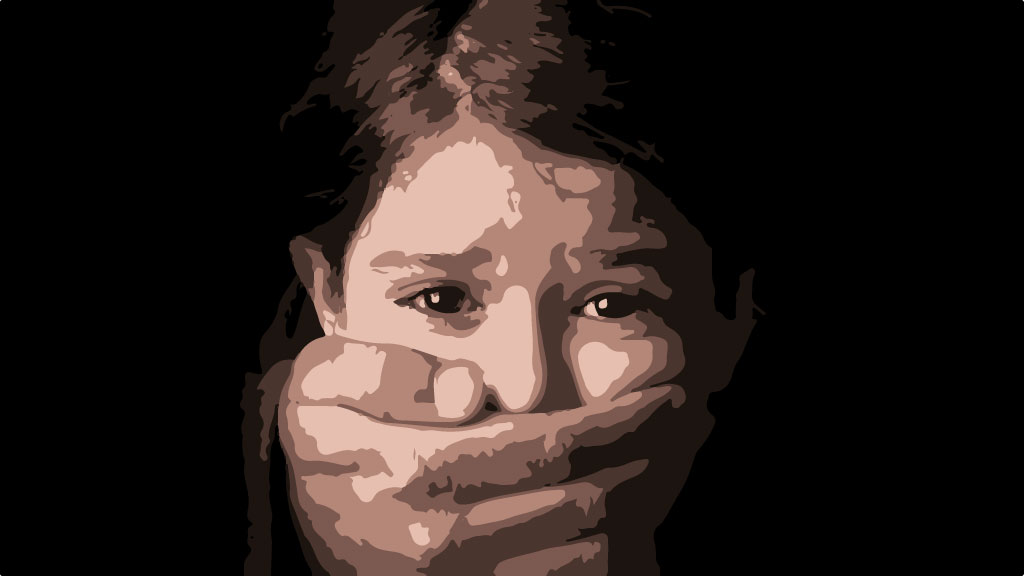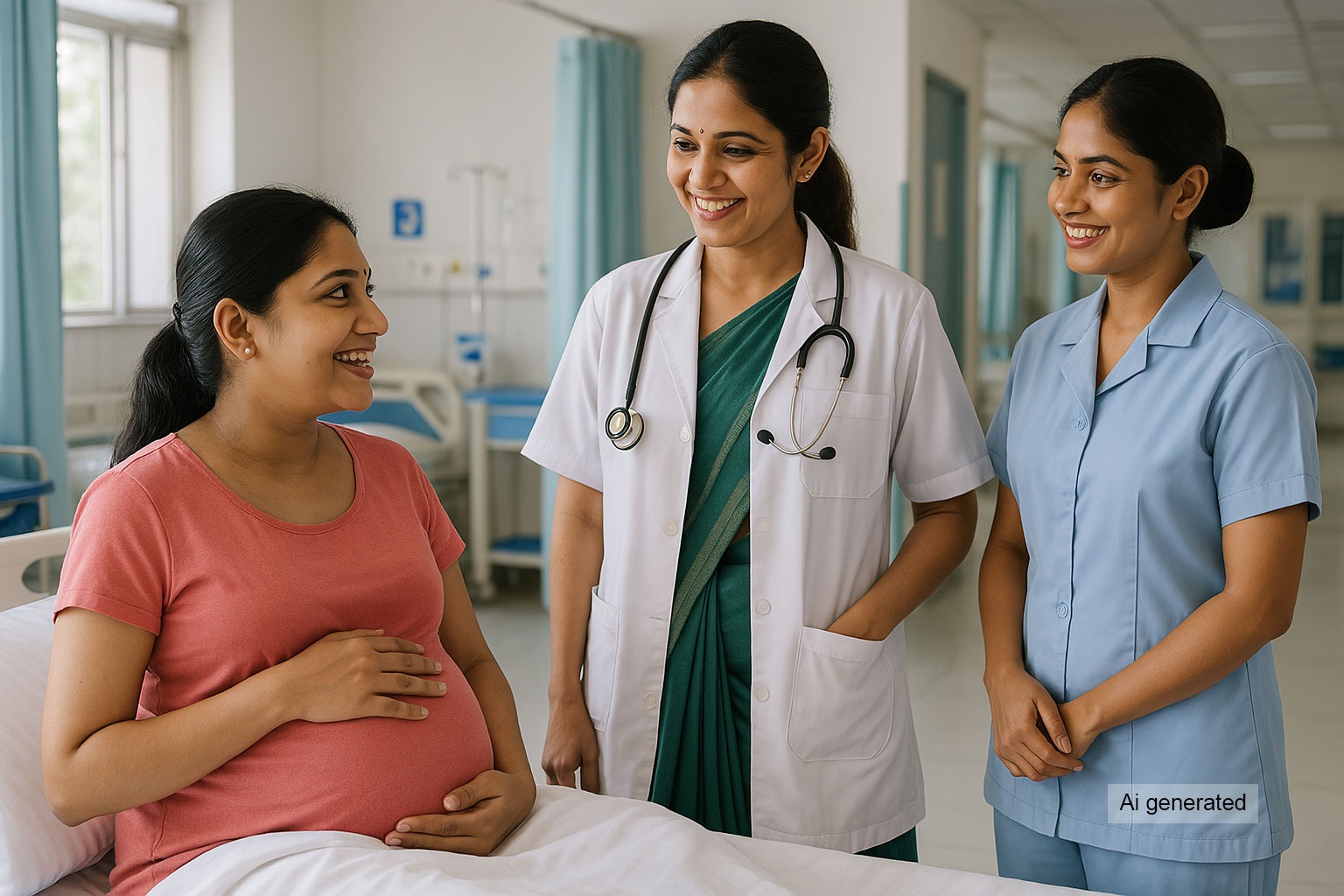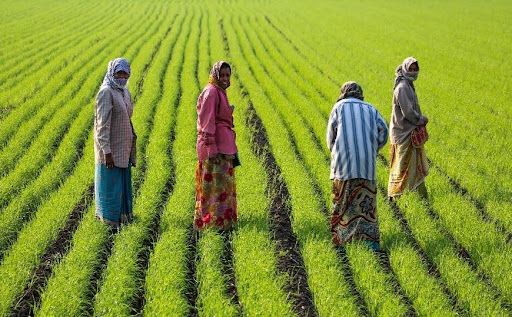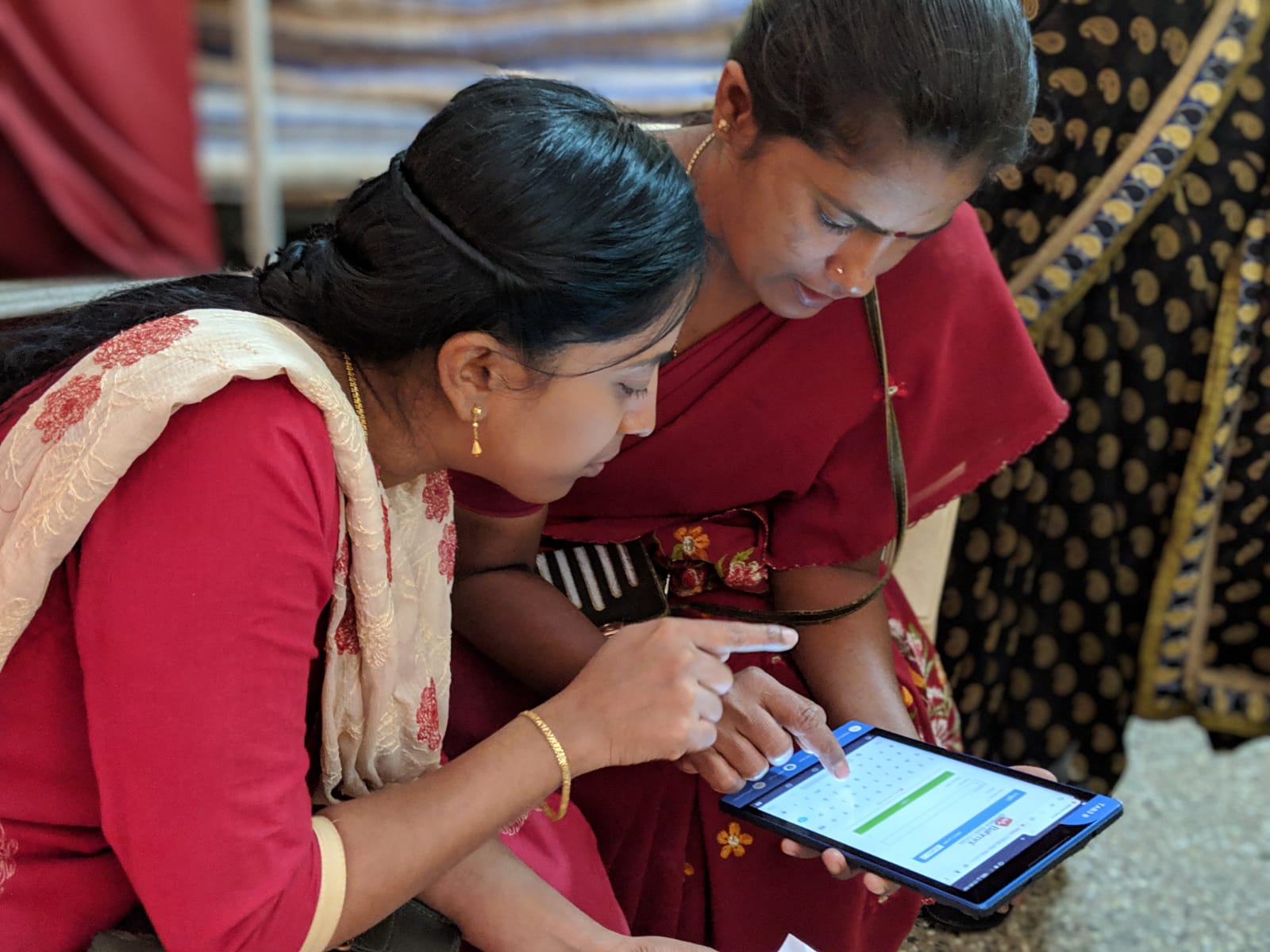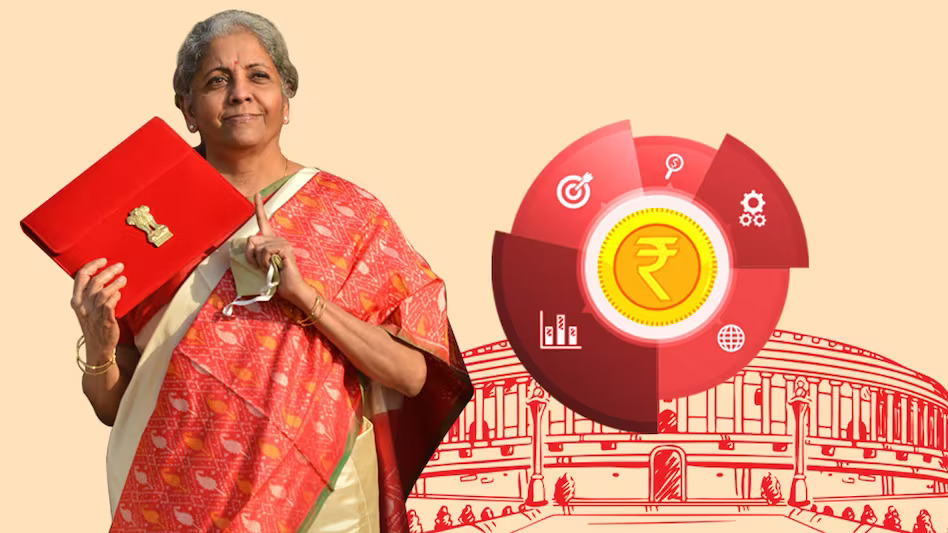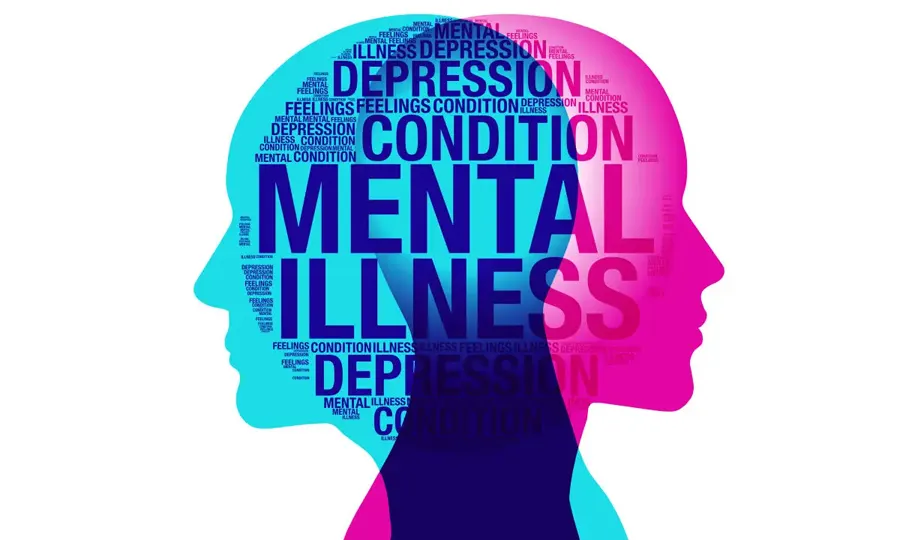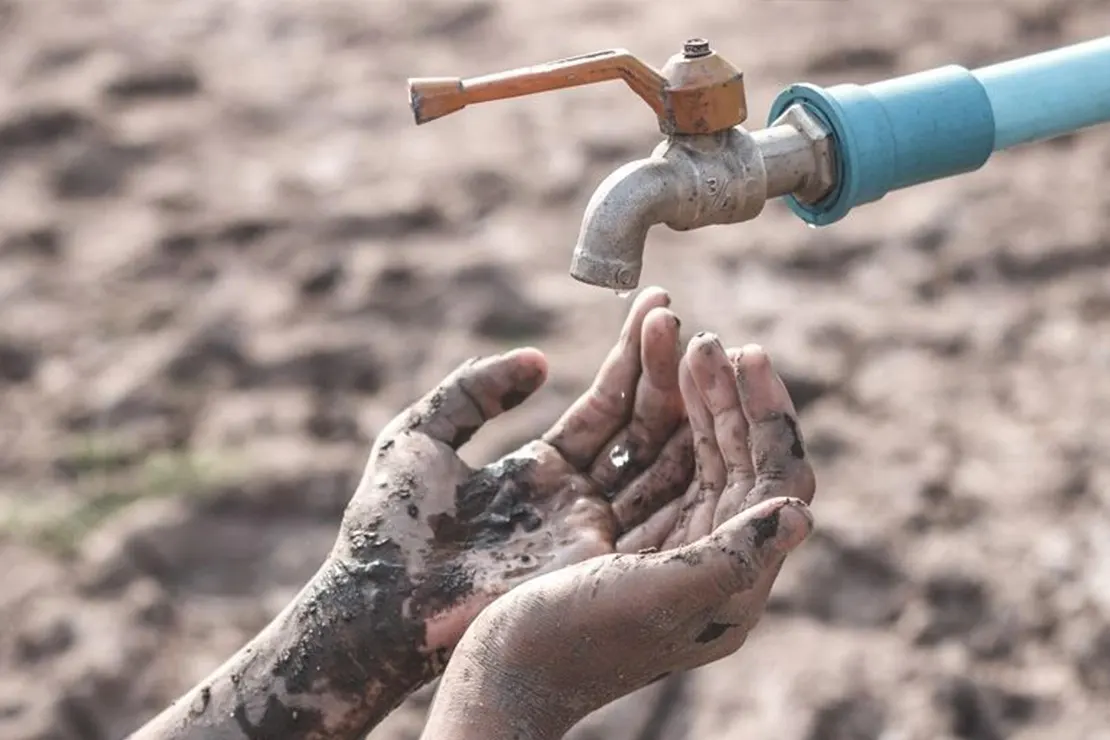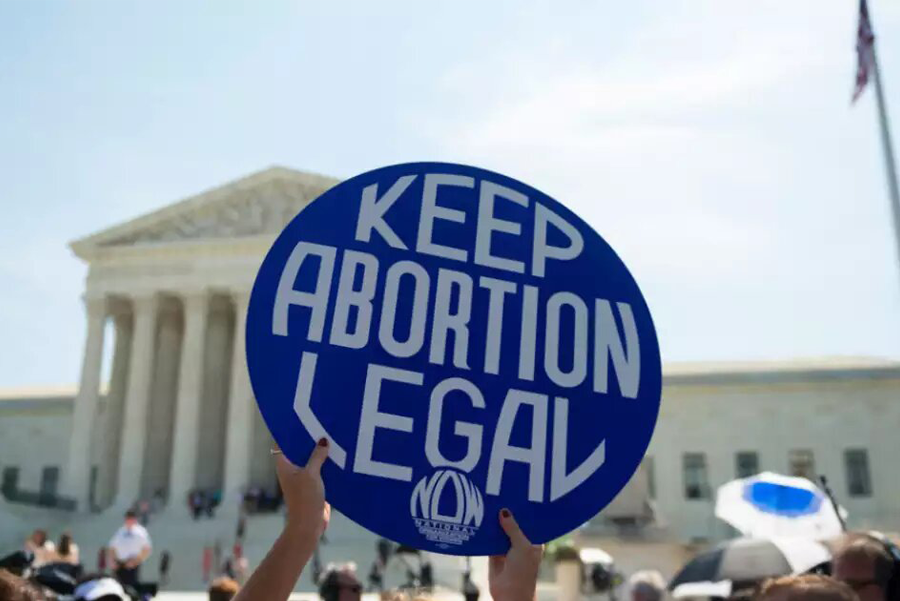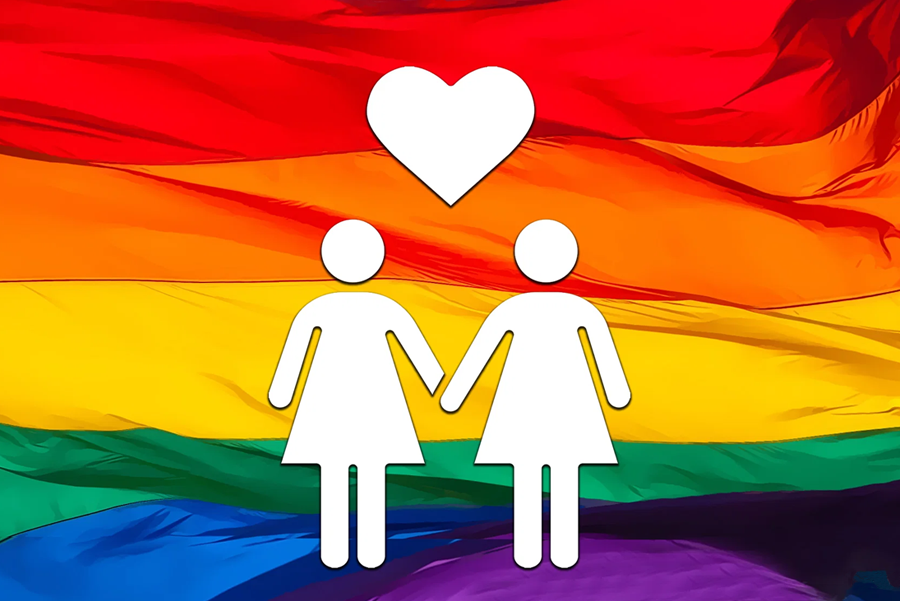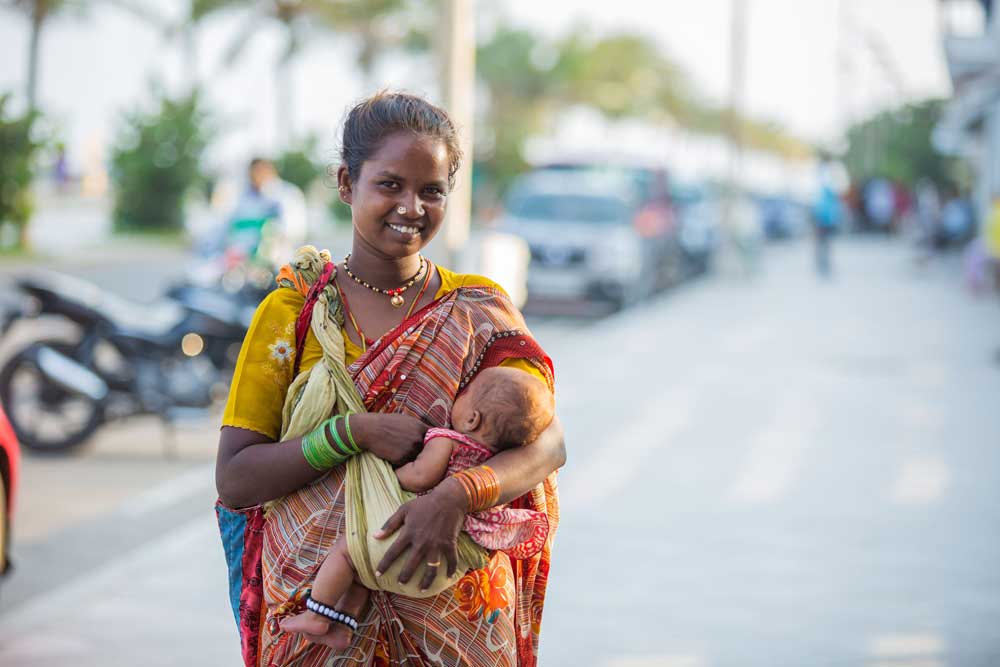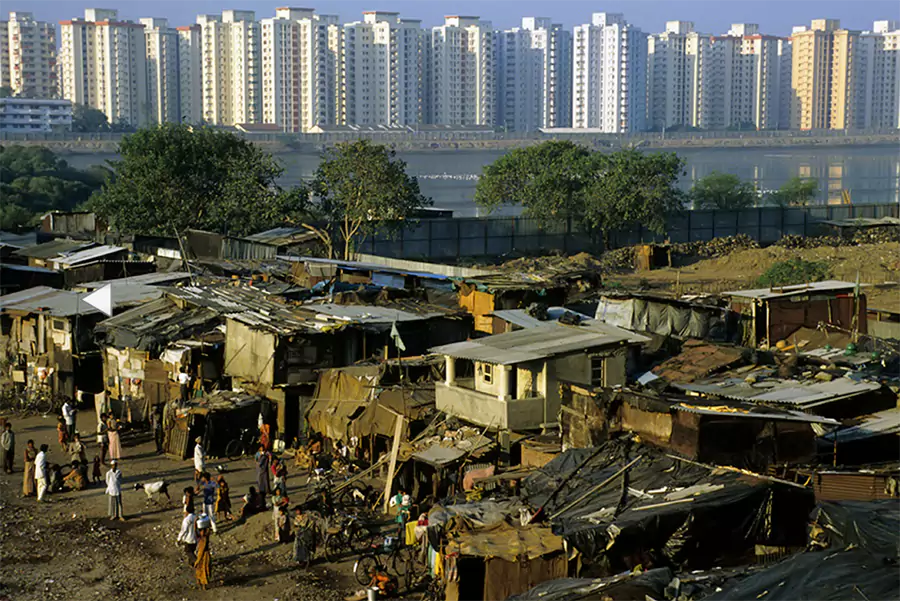1. You started your journey as a writer and then co-founded your NGO ‘Sahiyo’ for eliminating Female Genital Mutilation/Cutting (FGM/C) in the country. What inspired you to start Sahiyo? It will be great if you could also elaborate on the status of the practice currently in India.
I was writing a film on female genital mutilation/cutting (FGM/C) and found that there wasn’t enough information on this out there at that time. A few years prior to that, I was working as a copywriter in India, when I came across a story on FGM/C in Africa, and realised it was similar to what was being practiced in my own country, especially within the Bohra community. I then came across Aarefa Johari’s (Sahiyo’s co-founder) article, which encouraged me to delve deeper into this issue and that’s when we met. Our meeting made me realise that there are so many women who have been affected by this, including the ones in my family and no one was really doing anything about it on the ground. There was total silence around the issue, more so because it was a social norm with deeply rooted in religious beliefs. That’s when Aarefa, I, and 3 other women got together and founded Sahiyo in 2015.
Sahiyo means ‘friends’ in Gujarati. We chose this name as we wanted to engage the women in our community and create long-lasting change that came from within. The goal is to end the practice not just in the Bohra community but also worldwide.
Today, we are a transnational organization, supporting people from other countries as well, through community-based programs, including engaging with women, educating them on the repercussions of the practice and why it should be put to an end. We have also attempted to involve the men in our programs on why FGM/C must be discontinued. Our biggest program with Sahiyo is ‘Thaal pe Charcha’ (TPC), where discussions are taking place in an informal setting with food being the central force in bringing us together. It’s a space where women from the community engage in conversations about their bodies and other issues never spoken of before. We started to discuss with women about the harm that FGM/C could cause and how they need to educate themselves more about this practice. The idea was also to empower women to take the concept of TPC forward in their own spaces.
Unfortunately, FGM/C in India still exists. It is primarily practiced in the Bohra community. However, a few recent findings have shown that the practice has also been witnessed in a particular Sunni Muslim sect in Kerala and is being carried out on girls as young as one month old. Unfortunately, we do not have enough funding for research to find out the scale of the practice and that is why we keep urging the international bodies for support. Unless we have the statistics and evidence of how widespread it is, we will never be able to find solutions or even create and pass laws to stop the practice. The most worrisome development is that the practice is now being performed medically as well. There are children who are being taken to hospitals to get ‘cut’. As a doctor, you are sworn by law to not do anything that will harm an individual or is medically unnecessary. Hence, when we talk about medicalizing a non-medical practice, it is a big loophole which needs to be addressed immediately by the medical bodies.
There is also a rigid dichotomy between those who are working towards ending this practice and those who believe that the practice should continue. The numbers of the latter are higher as they believe in safeguarding the Bohra identity of the girl. When you start associating any harmful practice to forming an identity, it is usually a very long, uphill battle. At Sahiyo, we do numerous advocacy and outreach programs because creating awareness is of utmost importance.
2. While working on this issue, was there any instance that deeply impacted you?
There was one incident where a child was forcefully cut and was in a very bad state as she bled all night. Due to the immense bleeding, no hospital was willing to take her as they thought it was a rape case. Later, someone finally intervened and got her admitted in a hospital. Aarefa and I could visit her only after a month, but that was a terrible memory for me. The family was from the Bohra community. Her mother was uneducated, and the father was a rickshaw driver. When we went to meet them, we were shown her medical papers and told that the girl was still extremely traumatised from the incident. Any time they had visitors, she would presume that they have come to cut her. The mother had no idea about the reasons or repercussions of the practice. She made her daughter undergo this trauma at the age of seven because it happened to her at that age as well. For her, it was a ritual that needed to be followed. No questions asked.
While we were there, the daughter walked into the house from school and came straight to my handbag in search of needles and blades. She started crying and asked us to leave. I then started playing some songs and poetry on my phone to calm her down. Once she was calm, I gave her a piece of paper and asked her to draw what she feared. She drew a long needle with a syringe. The blade that was used to cut her had sliced her vagina while she was resisting the cutting. The cut was so deep that she required eleven stitches. When she showed me the sketch of the syringe, I asked her what she wanted to do with it. She scraped it so violently that she even tore the paper. I will never forget this incident and the feeling of helplessness that Aarefa and I felt. The mother also felt helpless due to the damage she had done to her own daughter. But her concern was different – she was worried whether her daughter would be healthy enough after marriage to be able to bear children in the future. I was shocked at this and wondered whether she would realise that her daughter had gone through so much trauma that she may never even be comfortable to be with a man. We arranged counselling for the girl so she could start the healing process as soon as possible.
We also met the cutter – an old lady who has been performing this practice for 30-35 years now. She thought we were exaggerating the trauma of this girl and that the more attention we give to her, the less likely she will be to forget or overcome it. She also boasted that her clients included several NRIs from the Bohra community. She believed she was doing god’s work and was given the blessing to do so by the head priest. She was ‘trained’ by a doctor to cut and had only recently cut an adult woman who was not from the Bohra community but had to go through this in order to marry one. I can never forget this experience, more so because it had filled me with a lot of rage about how she had no remorse for the child’s condition.
3. India is an extremely diverse country with some rich and rigid traditions of its own. What do you define as success while working on this issue? What would you need in or from this country to succeed, especially when FGM is shrouded by the perspective that this practice enables ‘a girl to transition to a woman’?
Every time we have saved even one child from getting cut – that is success to us. Through our on ground and online programs, we have included several men and women, as well as parents and adults, in the conversation, and they have been deeply impacted after learning about the aftereffects of FGM/C. At our very first TPC, we met a mother whose daughter had undergone FGM/C, and then suffered from repetitive episodes of UTI (urinary tract infection). Many mothers in that group heard such stories and decided not to get their daughters cut. This is the kind of ripple effect that we are aiming for – where if a daughter is not cut, the granddaughter will also not be cut and so on. Hence, when we save one girl, we are saving a whole generation. The most important thing we need is for people in this country to acknowledge the existence of this practice and put an end to it. As they say, it takes a village to raise a child; I also believe that it takes a village to protect a child. Hence, we need collective action in India to put an end to the practice. If there needs to be an end to this practice by 2030, pressure must be built across the globe.
4. Could you share your thoughts on ICT-facilitated gender-based violence and how prevalent do you think it is in today’s world?
When we are talking about ICT-facilitated gender-based violence (GBV), we are talking about social media platforms where anybody and everybody can create fake profiles and manipulate material that is available and accessible online. As a result, there has been an increase in cyber-crime where many children are targeted, especially during the lockdown period. There were cases in Kerala where a 11-year-old and a 13-year-old committed suicide because they were asked to pose nude on camera and their photos were leaked. Even the suicide of the boy from the ‘boys locker room case’ during the lockdown period was an example of a cyber-crime. These are all ICT facilitated crimes. Personally, even I have been a victim of this crime where somebody made a fake profile with a woman’s name and chatted with me. One day when I got a video call in the night, I instinctively answered the call and was cyber flashed by a man . Shocked, I literally threw my phone away. It was very traumatic. I realised a lot of my friends, both women and men, have also been victims of cyber-crimes and some were even blackmailed. At this point I don’t even know if reporting a profile works. The problem is that the accessibility has become so easy and there are few repercussions for the crimes. We need more awareness programs by the cyber-crime cells and all the social media platforms should conduct informative programs on how to protect yourself from such incidents along with stricter repercussions for cyber criminals.
5. The theme for this year’s International Women’s Day was DigitALL: Innovation and Technology for Gender Equality. Along with Sahiyo, you have also founded The Hands of Hope Foundationwhich works on child sexual abuse. How do you use digital platforms to empower the youth, and women and girls and promote their rights?
In Sahiyo, our work is focusing on women and children, hence most of our messaging is also around using online platforms and tools to disperse information and so far, it has been very beneficial. I would say more than 80% of our work is online. In fact, our first study on FGM/C was an online study.
Similarly, I am proud to say that at The Hands of Hope Foundation, we have pioneered the creative movement against child sexual abuse (CSA). In fact, one of our biggest creative milestones was the first ever Photo Campaign on Male CSA, which went on to become instrumental in amending a POCSO legislation to make victim compensation scheme gender neutral. That, and many of our other creative projects were executed through the digital platforms and reached millions of people to engage them in the fight against CSA.
Additionally, I have also mentored college students on storytelling and helped them create ICT videos, content, toolkits etc. This is then disseminated through all our online multimedia channels. This has been very successful as the outreach is massive. Furthermore, we are not just empowering one person, there is an entire global population being mentored and made aware. Since it is a virtual platform and accessible on a global level, the demographics are limitless and you end up reaching beyond your targeted population. In Sahiyo too, we have used storytelling to amplify the voices of survivors. These are voices of women and young girls who have undergone FGM/C and decided to put their stories out there on digital platforms – thus increasing their reach.
6. Lastly, at one of your TED Talks, you mentioned that you see your life as lemons and wake up every morning asking yourself ‘what does the lemon want to be today?’ Which compels me to ask – what is it today?
Ha ha …Ironically, I recently found out that lemons are used as a very versatile bio catalyst, and so I think today this lemon is doing just that- I am acting as a catalyst to bring about the much-needed positive change in this world.
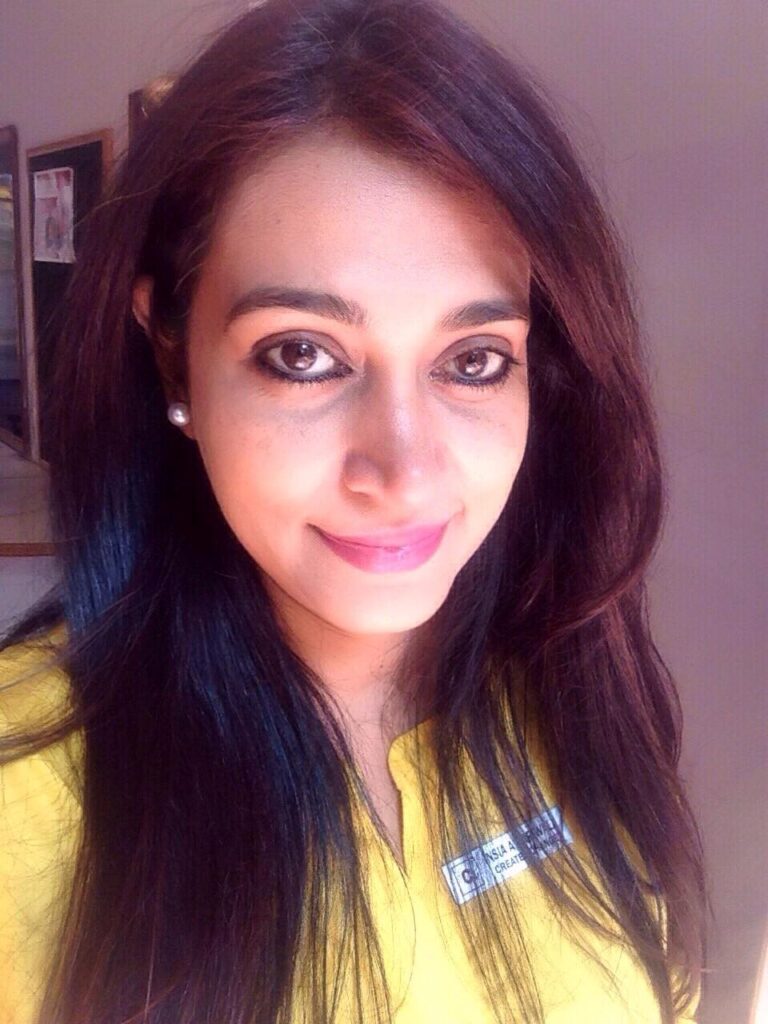
Insia is an award-winning international filmmaker/child rights activist, TEDx speaker, and a Creative Campaign Strategist who effectively uses her expertise of 16 years as a Creative Communicator to highlight various issues, including Child Sexual Abuse (CSA), domestic violence, and Female Genital Cutting (FGC) through the medium of visual arts and cinema. She has successfully executed several community projects engaging the creative medium in an attempt to mainstream such issues through art installations, poetry, live storytelling, Photography, puppetry animation, street plays, digital toolkits, fiction and non-fiction films, which have reached and engaged thousands of people across India and globally. Taking forward her passion to make this world a better place, 8 years ago, Insia successfully founded two Ngos, The Hands of Hope Foundation, and Sahiyo. While one deals with the sensitive issue of child sexual abuse (CSA), the other solely focuses on ending the practice of female genital cutting (FGM/C) in her community. Over the past 8 years, Insia has excelled in the public domain with her innovative strategies to engage the public on crucial issues. She is a pioneer in the field of Photo Campaigns with respect to sensitive issues like Child Abuse and FGM. Her ground-breaking campaign on Male Child Sexual Abuse resulted in getting the Union Cabinet Minister of India to sanction the first ever study on Male Child Sexual Abuse, and investigate co-relations between unresolved abuse in boys, and the growing rape/violence culture. She also became instrumental in amending the compensation scheme law for boys under the POCSO act in 2018, making it gender neutral. Her humanitarian awards among many others, include the 1000 Women of Asia award, Shoorveer (bravery) Award, the prestigious Women have Wings’ courage award, U.S.A, and the ‘We the Women-H.E.R award, in India, partnered by U.N Women.
On Women’s Day in 2018, she featured as one of the 100 most inspiring women of India, in a book called ‘The Phenomenal She’, and has also been featured by BBC World on their series, My Indian Life, with Bollywood actress Kalki Koechlin. Besides her creative endeavours Insia is also known for her ability to connect with large audiences and is a Public Speaker at many conferences in India, and internationally. Her learnings have also included specialising as a Community Expert, An Expressive Arts Facilitator, and a Digital Storyteller.
